A Swiss artist whose name has become synonymous with the very concept of bionic horrors — Hans Ruedi Giger — forever altered the landscape of science fiction with the creation of the xenomorph. Emerging from the shadows in Ridley Scott’s 1979 sci-fi cult classic, the titular alien has since become a symbol of primal terror, its grotesque elegance and relentless carnage tapping into the darkest recesses of the human psyche. But to understand the xenomorph, one must first delve into the mind of its creator, whose distinct psychosexual and biomechanical art style gave birth to one of the most iconic monsters in cinematic history.

Birthing a nightmare
Born in Chur, Switzerland, in 1940, Giger was raised in the aftermath of the war. His early years were marred by vivid nightmares. But rather than succumb to these fears, Giger embraced them, channelling his anxieties into art that defied convention and embraced the bizarre. These early experiences laid the foundation for what would become his signature style. His work, which he termed “biomechanical,” was a macabre vision of a future where the boundaries between flesh and machine had all but dissolved in disturbingly erotic ways, leaving behind a surreal world that had a strange beauty to its menace.
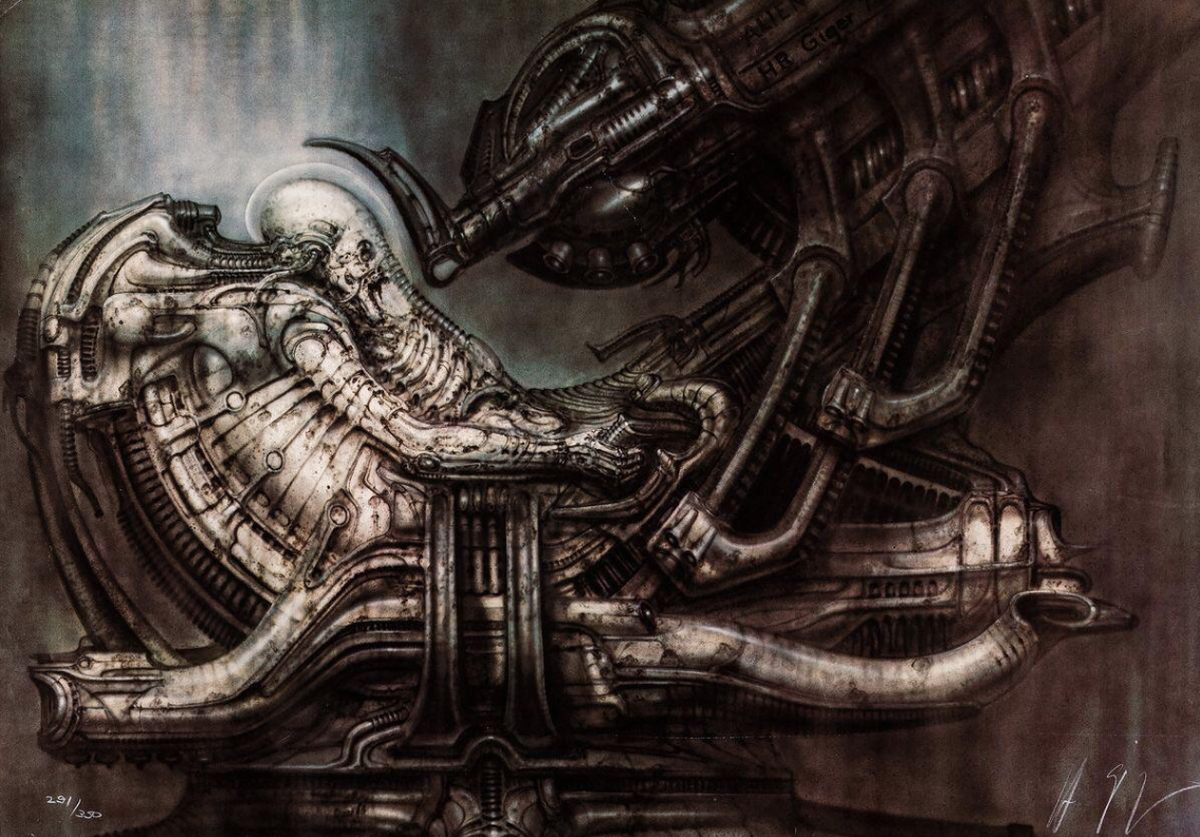
Space Jocket (Pilot Engineer) by HR Giger
Giger’s influences were varied. The surrealist master Salvador Dalí recognised a kindred spirit in the Swiss man and was instrumental in bringing Giger’s talents to the attention of the Chilean filmmaker Alejandro Jodorowsky, who in-turn enlisted him for the infamously ill-fated Dune project. Though the film never came to fruition, Giger’s concept art for Dune remained testament to his ability to conjure unsettling realities.

However, it was Giger’s 1977 book Necronomicon — a collection of his most disturbing and evocative works — that would ultimately catch the eye of Ridley Scott as he was preparing to bring Dan O’Bannon’s script for Alien to life. One look at the dark, elongated being with an oblong head in Giger’s lithograph Necronom IV, and Scott knew he had found his monster.
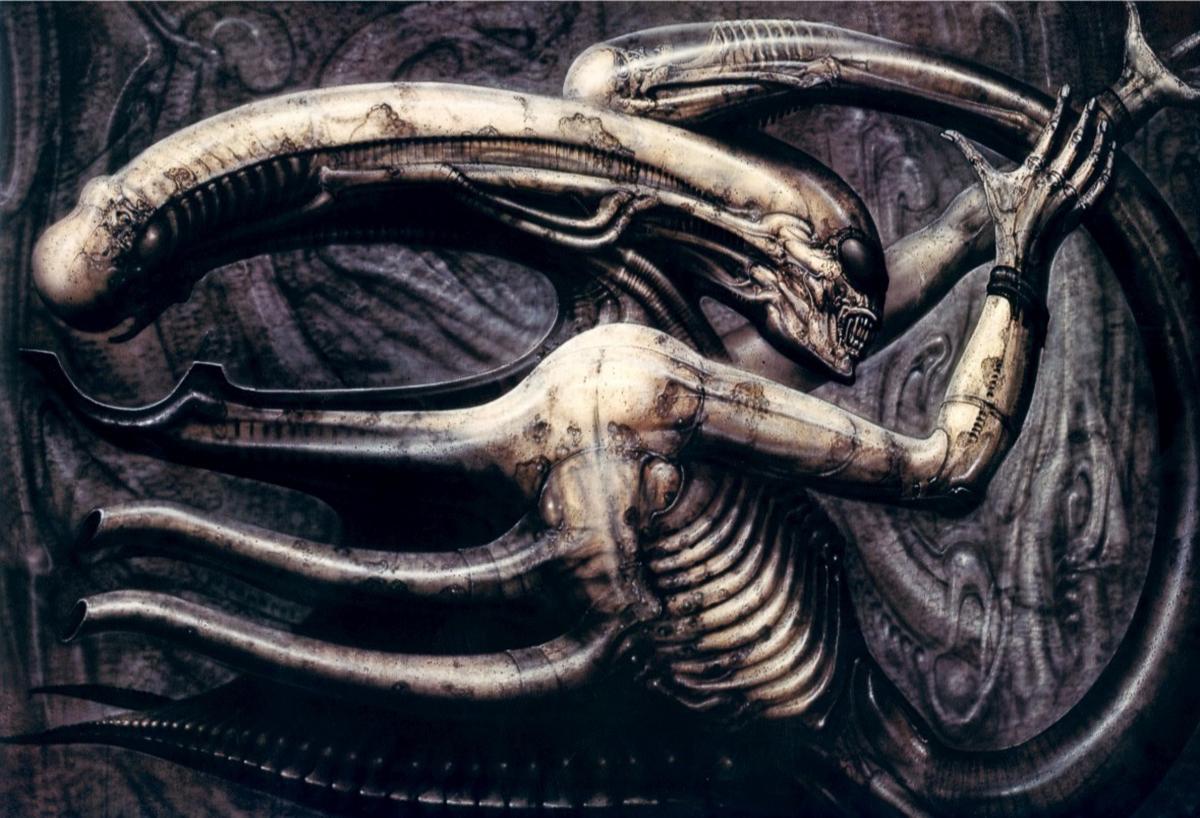
Necronom IV by HR Giger
The original xenomorph that terrorised the crew of the Nostromo in 1979 was a creature of elegance and efficiency, straddling the line between the organic and the synthetic. The creature’s sleek, black, phallic exoskeleton, dripping with a glistening sheen, and brought to life by Italian special effects designer Carlo Rambaldi, was just as beautiful as it was terrifying — a stark contrast to the clumsy bug-eyed invaders of previous genre films. It was a creature that did not need to be understood — only feared.
The monster evolves
Giger’s original design, however, was only the beginning. Over the years, as the franchise expanded, so too did the xenomorph’s many forms. Each new iteration of the alien, while retaining the core elements of Giger’s original design, introduced new variations that reflected the changing themes of the films.
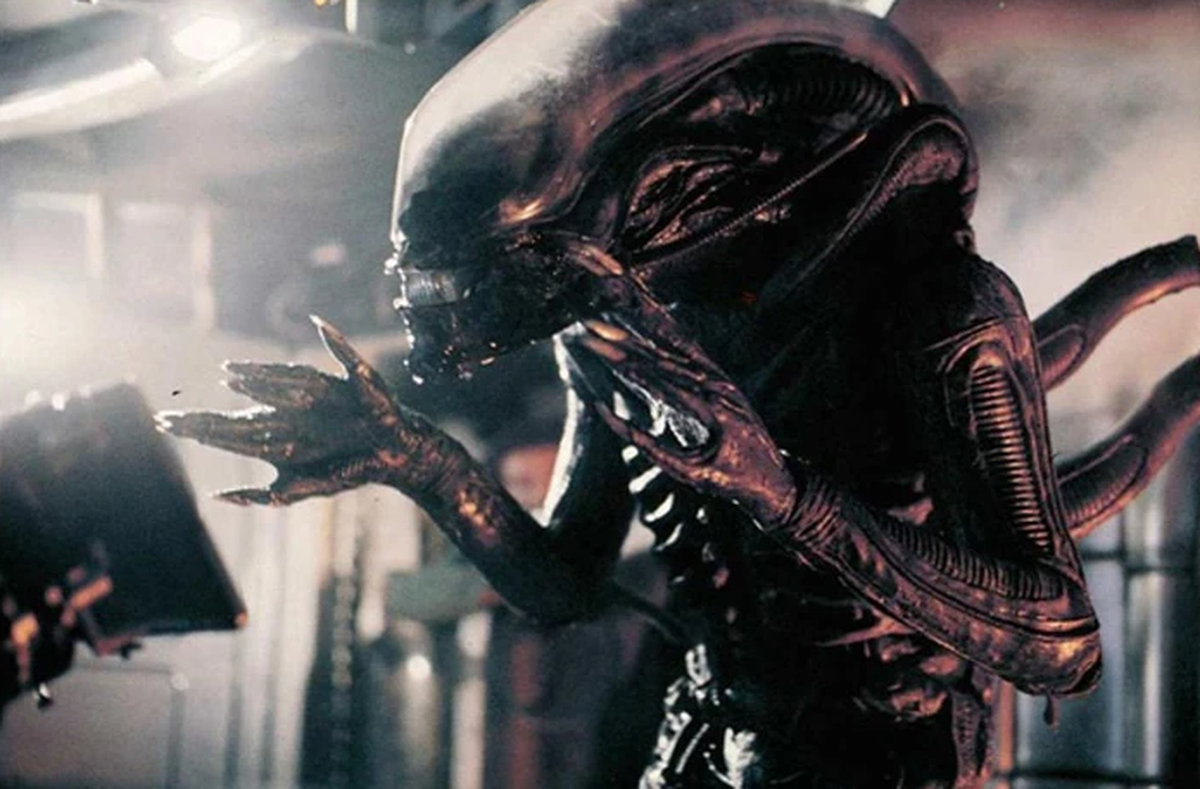
The Xenomorph from ‘Alien’
In James Cameron’s 1986 sequel Aliens, the xenomorphs were reimagined as part of a eusocial hive, led by a towering Queen — a regal matriarch whose sole purpose was to propagate her species by any means necessary. This Queen, with her massive egg-laying ovipositor and crown-like crest, was an unholy fusion of insect and machine, of motherhood twisted into something horrifying.

The Queen Xenomorph from ‘Aliens’
The xenomorph’s next evolution came in David Fincher’s Alien 3 (1992), where it took on the traits of its host. The “Runner Alien,” also known as the “Dog Alien,” was born from a quadrupedal host, and as such, it adopted a more animalistic form. Sleek, fast and feral, this version of the xenomorph was a predator that hunted on all fours, its movements fluid and graceful, yet no less deadly. It was here that the xenomorph began to show its versatility, a creature that could adapt, becoming whatever it needed to survive.
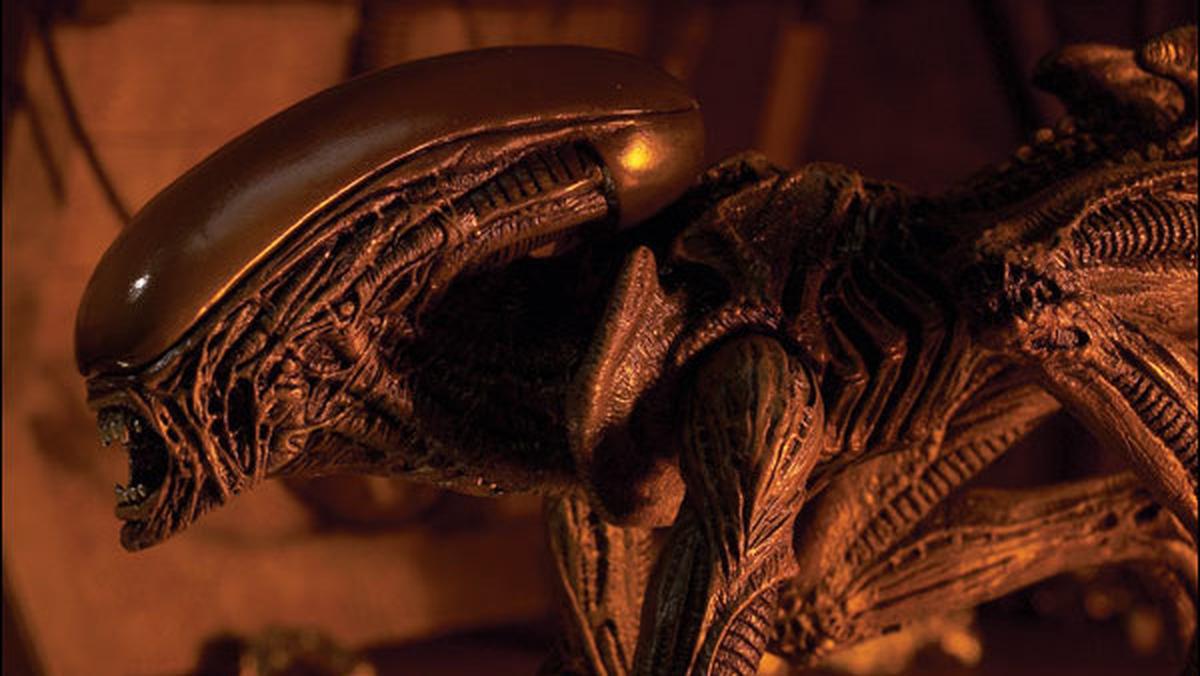
The “Runner/Dog” xenomorph from ‘Alien 3’
But it was in Alien: Resurrection (1997) that the xenomorph underwent its most radical transformation. Genetic tampering had given rise to a new breed of alien, one that bore disturbing traces of its human creators. The Newborn, as it was called, was a grotesque parody of humanity — a creature with pale, translucent skin, a skull-like face, and eyes that stared with unsettling intelligence. Born of scientific hubris, this creature was a reminder that the xenomorph, like Giger’s art, was constantly evolving and pushing the boundaries of what was possible — and what was terrifying.
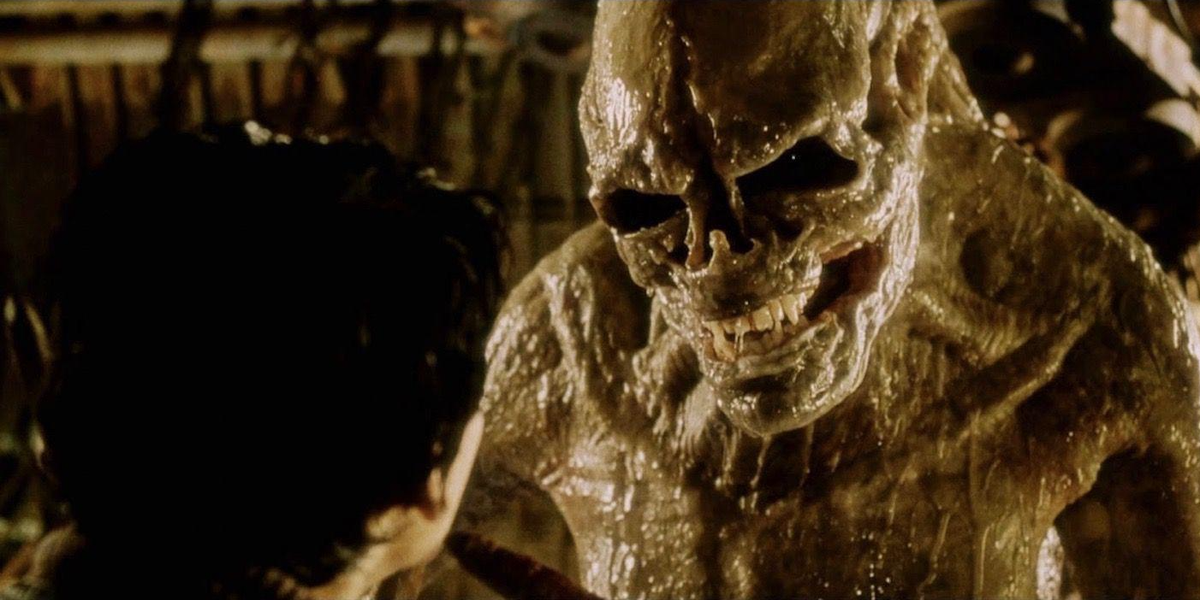
The Newborn from ‘Alien: Resurrection’
The evolutions of course, were far from over. In Scott’s prequels, which began with Prometheus (2012) and continued with Alien: Covenant (2017), the creature was reimagined yet again, this time as a precursor to the xenomorph we know today. The Deacon, a creature birthed from a race of god-like beings known as Engineers, was a pale, elongated entity characterised by eel-like jaws. Its life cycle closely mirrored that of the xenomorph, but with a more streamlined and less biomechanical design. Covenant’s Neomorph was even more divergent, its pale-white skin, pointed head and spiny back, a stark contrast to the sleek black of the original xenomorph.
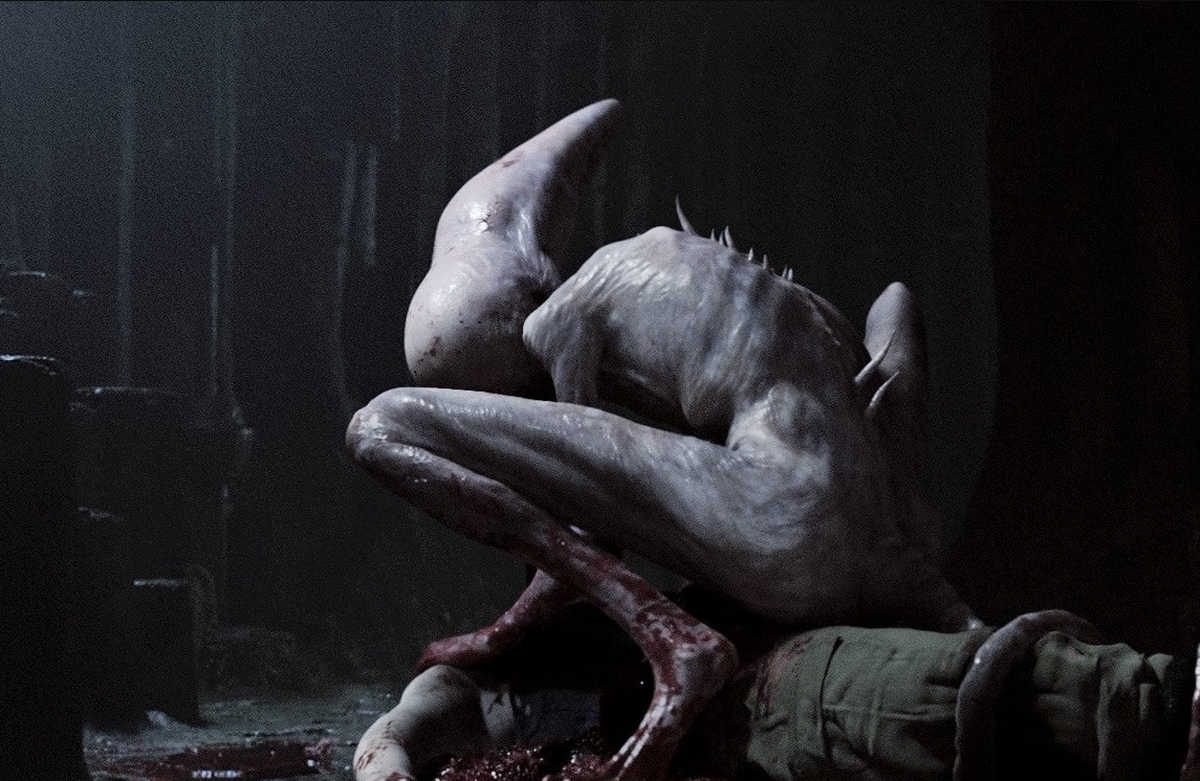
The Neomorph from ‘Alien: Covenant’
In Fede Alvarez’s latest Alien: Romulus, a horrifying climactic reveal bore us what has since been dubbed “The Offspring,” a fusion of xenomorph DNA and human genetics that’s unleashed when an ill-fated character injects a sinister Newtonian serum into their neck. The towering Romanian basketball phenom Robert Bobroczkyi, donned prosthetics, animatronics, and just a touch of CGI to bring this violently birthed creation to life, which rapidly evolves into an eight-foot terror with fleshy skin, obsidian eyes, a tail, and that signature xenomorph tongue — dorsal tubes and all.

Yet, despite these many variations, the core of Giger’s design has remained intact. Having endured more than four decades of cinematic evolution, Giger’s mesmerising incubus continues to adapt, its many forms a reminder of our mortality, of the fragility of the human body, and of the horrors that lie beneath the surface of our conscious minds.

